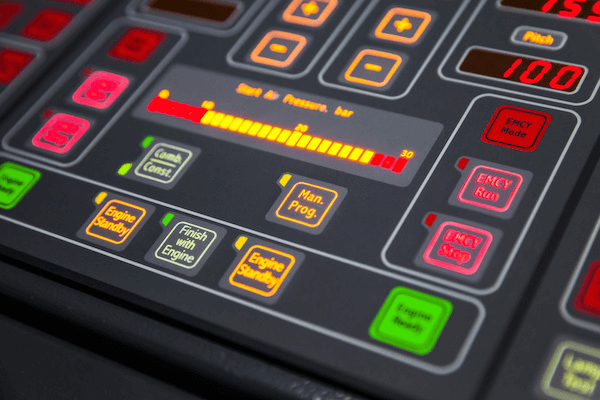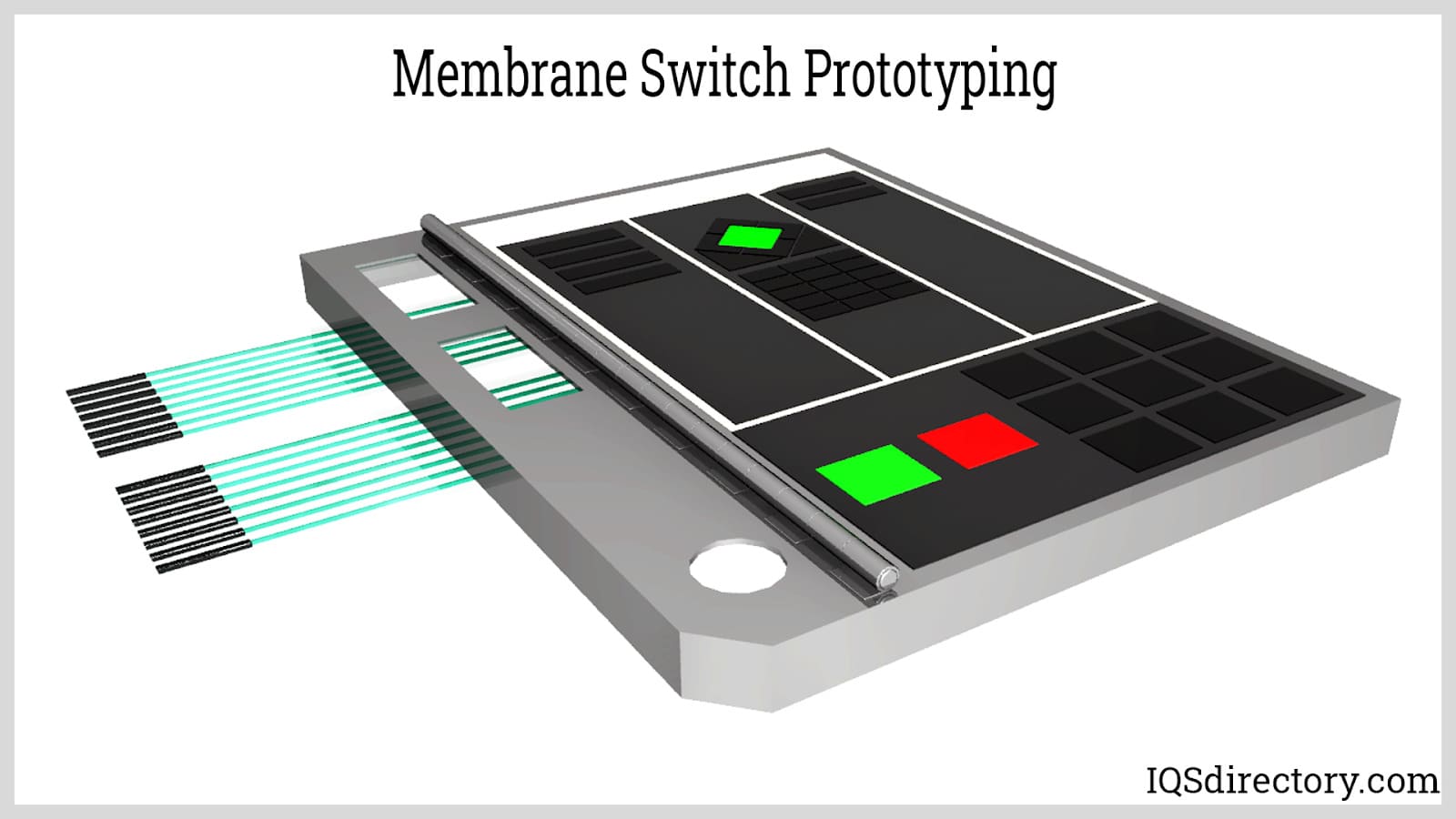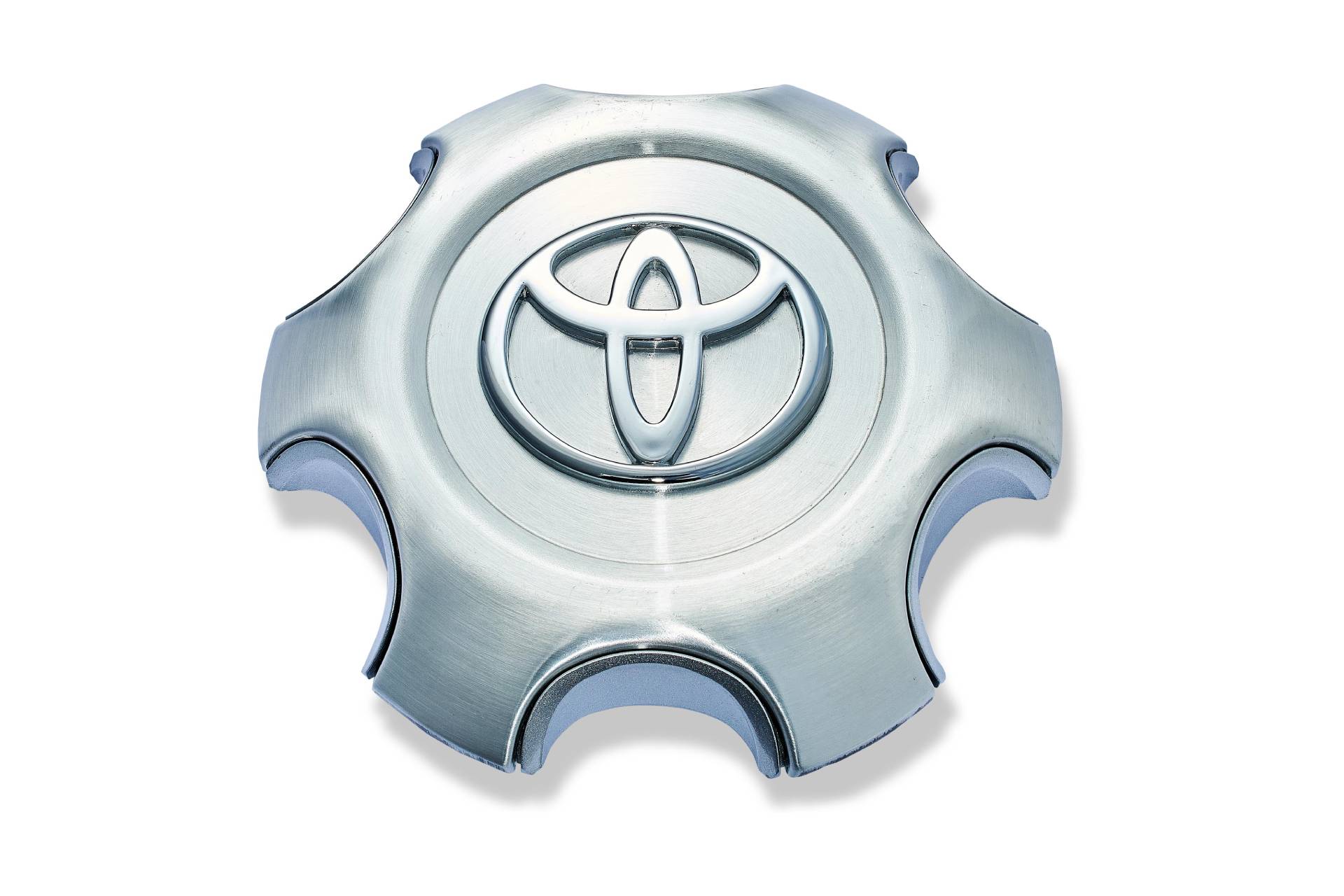Why membrane switch is helping modernize industrial workflows
The Production Process Behind Membrane Layer Switch: What You Required to Know
The manufacturing procedure behind membrane changes combines careful style, product choice, and quality assurance. It begins with recognizing the ins and outs of membrane layer switch layout and progresses with various stages, consisting of material options and printing strategies. Each phase plays a crucial role in making sure functionality and toughness. The intricacies of layer building and construction and the rigorous testing requirements might reveal insights that are not right away noticeable. What lies beyond these foundational aspects?
Recognizing Membrane Layer Switch Style
Membrane switches may appear simple at first glance, their design includes elaborate considerations that ensure performance and toughness. The layout process begins with a complete understanding of customer needs, consisting of the interface's intended application and environmental factors. Ergonomics is a crucial element, as the format has to promote convenience of usage while making sure that tactile feedback meets individual expectations.Moreover, the layering of parts, such as visuals overlays, sticky layers, and conductive traces, should be precisely crafted. membrane switch. This layered setup not just influences the button's responsiveness yet additionally influences its longevity. Attention is offered to the sealing techniques utilized to protect versus moisture and dirt, which can endanger performance. Additionally, layout factors to consider reach looks, where color pattern and aesthetic clearness improve user experience. Inevitably, the style of membrane switches over balances capability, individual experience, and sturdiness, ensuring that they satisfy the demands of numerous applications efficiently
Products Utilized in Membrane Layer Change Production
When choosing products for membrane button manufacturing, it is necessary to contemplate both efficiency and resilience. The key materials consist of polyester and polycarbonate movies, which supply adaptability and stamina. These movies are frequently covered with adhesive to ensure correct bonding to substrates. Conductive inks, normally composed of silver or carbon, are vital for developing electrical links within the button, enabling trustworthy operation.Additionally, a protective layer, such as a hard layer, is regularly put on improve scrape resistance and long life. The choice of backing material, such as acrylic or foam, can substantially influence the button's tactile feeling and overall individual experience. Different ecological elements, consisting of temperature level and moisture, need to guide material selection to ensure peak performance in certain applications. Inevitably, the appropriate mix of products adds to the membrane switch's functionality and lifespan, making informed choices crucial for manufacturers.
The Printing Process: Creating Graphics and Text
The printing process in membrane layer button production plays a substantial duty in generating high-grade graphics and message. Numerous visuals style methods are utilized to guarantee visual appeal and capability, while cautious ink option techniques are necessary for durability and efficiency. Recognizing these components is essential for accomplishing best results in membrane layer button style.
Graphic Style Techniques
Graphic design strategies play a necessary function in the printing procedure of membrane switches, as they specify how graphics and message will eventually show up on the final item. Efficient graphic layout involves the critical use of formats, colors, and typefaces to improve readability and aesthetic appeal. Developers frequently make use of vector graphics for scalability, guaranteeing that pictures remain sharp at different dimensions. Additionally, attention to comparison and placement is important, as it affects user interaction and visual quality. The consolidation of branding components, such as logos, should be taken care of with like preserve brand name honesty. Overall, thoughtful visuals layout techniques contribute significantly to the capability and attractiveness of membrane buttons, influencing user experience and product performance.
Ink Choice Approaches
Picking the appropriate ink is vital for attaining the wanted aesthetic quality and sturdiness in membrane button manufacturing. Various ink types are utilized, including solvent-based, water-based, and UV-curable inks. Each type provides unique attributes, such as flexibility, resistance, and adhesion to environmental factors. Solvent-based inks are frequently favored for their resilience and dynamic colors, while water-based inks are much more ecologically friendly but might have constraints in attachment. UV-curable inks supply fast treating and robust performance. Additionally, shade matching methods ensure that the chosen inks align with design specifications. Inevitably, the selection of ink need to think about elements such as application method, substrate compatibility, and end-use needs to accomplish exceptional lead to membrane layer button graphics and text.
Layer Construction and Setting Up

Product Option Refine
A mindful selection of materials is important in the manufacturing process of membrane switches, as it directly affects functionality and durability. The primary materials used consist of polyester, polycarbonate, and various conductive inks. Polyester is often favored for its excellent resistance to chemicals and abrasion, making it suitable for harsh settings. Polycarbonate, on the various other hand, gives premium clearness and effect resistance, which is useful for applications needing visibility and robustness. weblink Conductive inks, typically made up of silver or carbon, are essential for developing trustworthy electrical pathways. Additionally, the selection of sticky materials impacts the total stability of the switch - membrane switch. Evaluating variables such as ecological exposure, responsive responses, and aesthetic requirements overviews suppliers in selecting the best products for their certain applications
Layer Adhesion Strategies
Adhering layers in membrane button construction is a vital procedure that guarantees capability and durability. Various attachment techniques are used to secure excellent bonding between layers, which typically include making use of adhesives, heat, and stress. Pressure-sensitive adhesives (PSAs) are commonly used for their ease of application and instant bonding capacities. Additionally, thermal bonding strategies can be used, where warmth is used to trigger adhesive residential properties, securing a strong bond. The selection of adhesion method mainly depends upon the materials entailed and the certain application requirements of the membrane layer button. Appropriate placement and consistent application of adhesives are important to protect against defects, securing the switch runs efficiently throughout its desired lifespan.
High Quality Control Actions
Guaranteeing quality assurance throughout the layer construction and assembly of membrane buttons is essential for maintaining performance and integrity. This procedure typically includes a number of essential measures, including extensive examinations at each phase of manufacturing. Manufacturers utilize sophisticated testing techniques, such as peel tests and bond evaluations, to confirm the honesty of layer bonds. In addition, aesthetic examinations are performed to recognize any kind of issues in printing or product inconsistencies. Environmental problems, such as temperature level and moisture, are meticulously checked to assure excellent healing and attachment. Regular calibration of equipment aids keep exact manufacturing standards. By implementing these quality control actions, suppliers can considerably minimize the risk of item failing, ensuring that the final membrane layer changes meet the required requirements and client expectations.
Examining and Top Quality Control Steps

Advancements in Membrane Layer Switch Modern Technology
As advancements in innovation remain to evolve, membrane layer switches are taking advantage of cutting-edge growths that improve their performance and customer experience. One notable innovation is the assimilation of capacitive touch modern technology, which permits even more receptive and user-friendly interface. This change not only enhances aesthetic appeals yet likewise lowers mechanical deterioration, expanding the life expectancy of the switches.Additionally, innovations in graphic overlay products have actually resulted in boosted sturdiness and resistance to ecological factors such as wetness and UV light. These products now use boosted clarity and brightness, more elevating the visual appeal.Furthermore, the unification of clever technology is changing membrane layer switches into interactive control panels, making it possible for connection with IoT devices. This connectivity promotes a smooth user experience, paving the method for applications in different sectors, from healthcare to consumer electronics. Collectively, these advancements placement membrane layer switches as crucial elements in modern-day tool layout.
Regularly Asked Questions
The length of time Does the Membrane Change Manufacturing Process Take?
The duration of the membrane switch manufacturing process can vary considerably. Elements such as complexity, materials utilized, and production volume influence timelines, with common production ranging from a few days to several weeks for completion.
What Are the Common Applications for Membrane Buttons?
Membrane layer buttons are frequently used in different markets, including automotive controls, household appliances, clinical tools, and customer electronics (membrane switch). Their flexibility and sturdiness make them optimal for applications needing user-friendly interfaces and reliable efficiency in varied atmospheres
Can Membrane Layer Switches Over Be Custom-made for Certain Requirements?

What Is the Life-span of a Typical Membrane Switch?
The life expectancy of a normal membrane layer button differs, yet usually, it blog here varies from 1 to 5 million cycles. Factors such as use, environment, and worldly quality greatly influence resilience and general performance in time.

Are Membrane Switches Environmentally Pleasant?
The ecological kindness of membrane switches differs. Some products used might not be recyclable, while others can be green. The total effect relies on manufacturing materials and techniques, requiring mindful factor to consider throughout option and disposal. The production procedure behind membrane layer switches over combines cautious style, product option, and top quality control. It begins with recognizing the details of membrane layer switch layout and advances through different stages, consisting of material selections and printing methods. When picking materials for membrane layer switch production, it is important to contemplate both efficiency and resilience. A mindful choice of products is vital in the production process of membrane layer switches, as it straight affects performance and longevity. The option of attachment technique greatly depends on the materials entailed and the specific application demands of the membrane layer switch.